Up Next

This weekend’s Sakhir Grand Prix will be the first – and probably – only Formula 1 race to be held on the 2.202-mile ‘Outer Circuit’ configuration of the Bahrain International Circuit.
Unlike with Formula 1’s previous two double-headers in this truncated and condensed season at the Red Bull Ring and Silverstone, the second consecutive race in Bahrain will have a different character to the first.
The short, high-speed track has the potential to create the most unpredictable race of the season. That, combined with the flurry of driver changes that means George Russell will race for Mercedes, Jack Aitken for Williams and Pietro Fittipaldi for Haas, ensures the event will have a very different feel to the rest of the season.
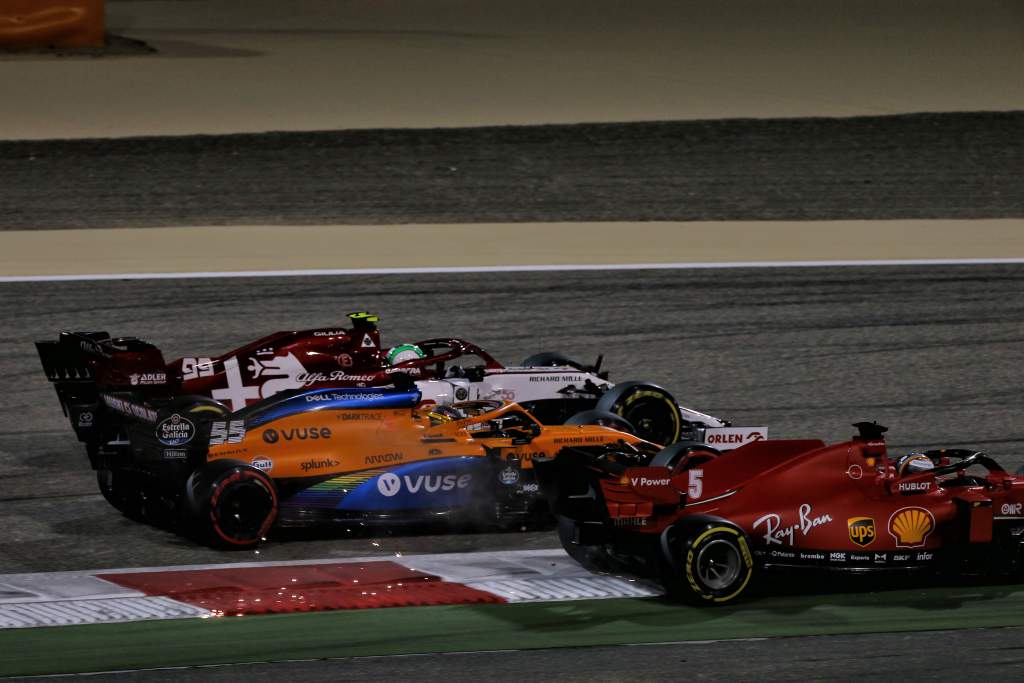
WHY IS THE OUTER CIRCUIT BEING USED?
The idea of using what F1 managing director of motorsports Ross Brawn described as an “almost oval” was raised in public in June while F1 was still working on its final calendar for the condensed 2020 season.
A second Bahrain race was always an option to bulk up the schedule should any of the races that hoped to reschedule not take place but it was not until late August that the venue was confirmed as hosting two races.
Given Bahrain has four configurations that are fully up to F1 specification and have a Grade 1 status, it was logical to consider using different versions for each event of the double-header. The long endurance configuration that was used for F1 in 2010 was not a popular option and the ‘Oasis’ inner circuit was not workable given it is too short and does not use the main pit building, so the ‘Outer’ track was the logical choice.
To further differentiate it from the Bahrain GP that started at sundown, the Sakhir GP starts three hours later.
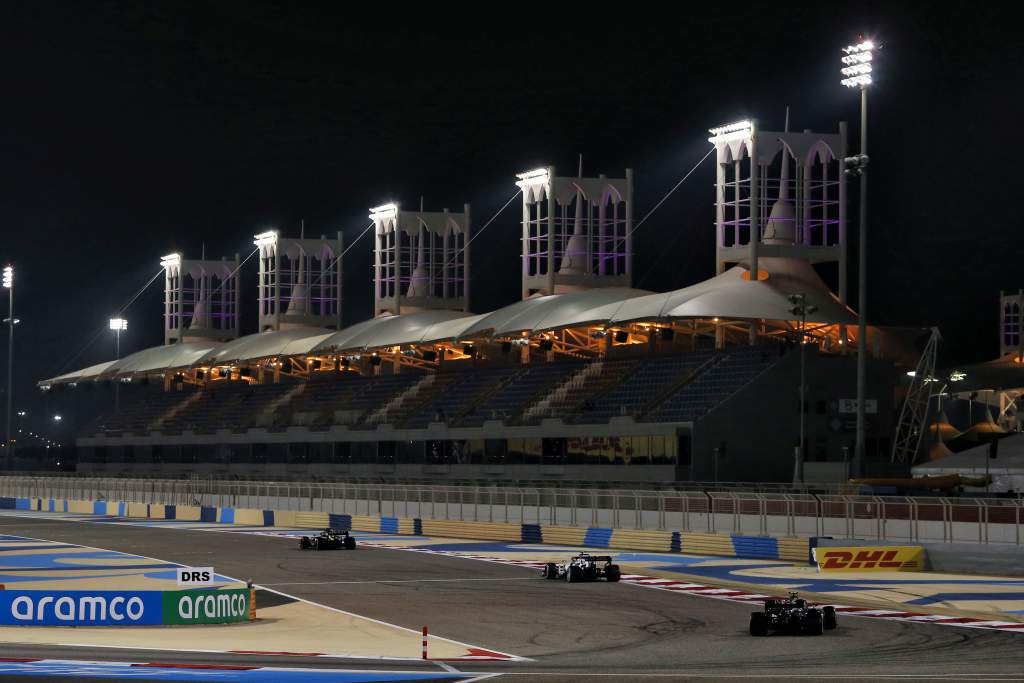
WHAT IS THE CONFIGURATION?
The Bahrain Outer circuit effectively comprises four sets of corners. Two of these are familiar from the grand prix circuit, with the Turn 1-3 right/left/right starting the lap and the final corner (technically two connected corners) the same.
Between that, things get a little unusual. The approach to the Turn 4 is a right-hander, but this corner opens out into a left kink that takes the drivers onto the top section of the track.
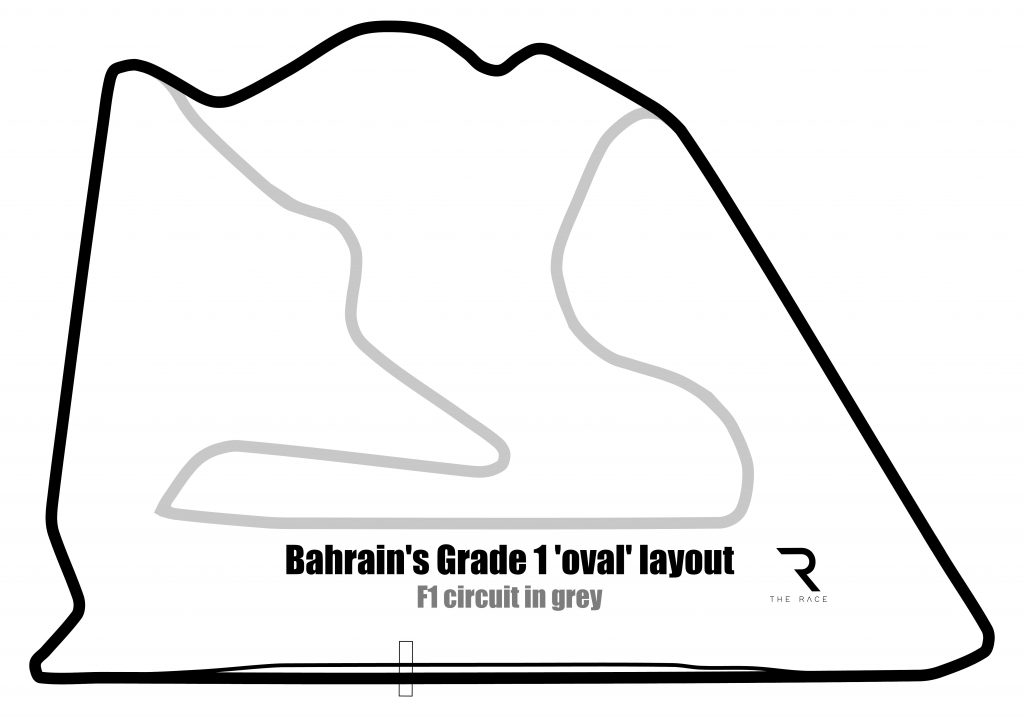
From there, it’s flat through the left and the right that follows and takes the drivers to the medium-speed left/right chicane. This leads onto the return straight, which goes to the last corner by way of another kink.
“There’s only four corners really,” said Pierre Gasly. “Turn 1 and last corner is the same, I think we can take that from this weekend, even though I expect everyone to run with a lot lower downforce.
“That middle part, Turn 4, is a lot faster with the wider exit. The other chicane, in the simulator there was quite an aggressive kerb in that right-turn in the chicane, which wasn’t really easy.”
McLaren’s Lando Norris likened it to Thruxton, the British circuit that is the fastest road course in Europe and consists of flat-out blasts, fast corners and just two slower complexes.
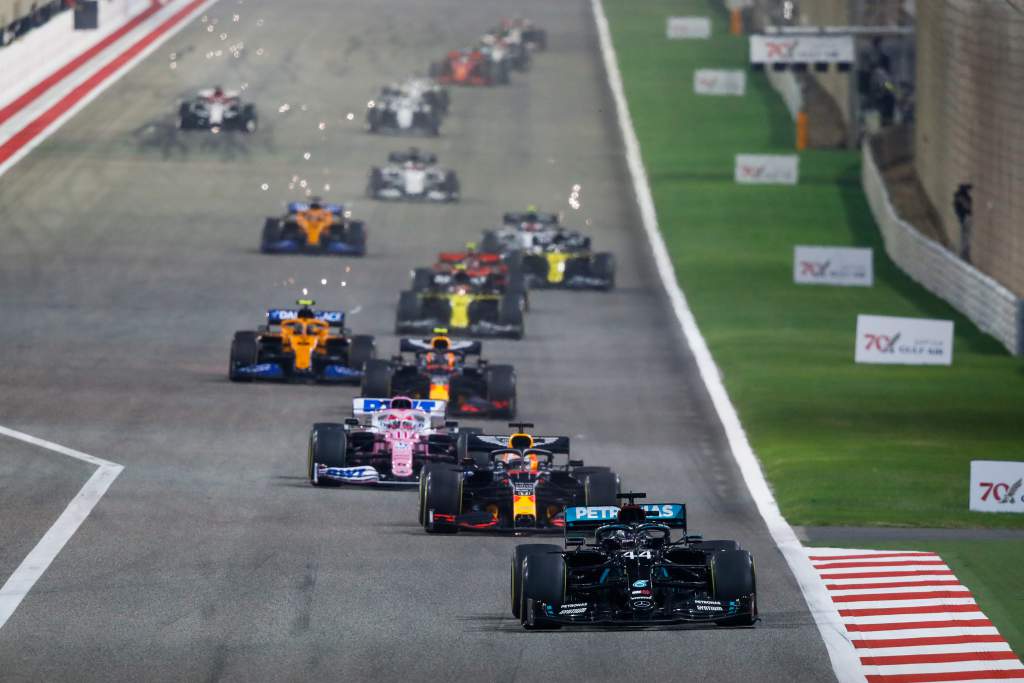
WHAT ARE THE SET-UP DEMANDS?
While a significant proportion of the lap is identical to the one used last weekend and the track surface identical even in the new section, the set-up compromise is a little different.
The high-speed configuration means it shifts to lower downforce than the standard track that favours a medium downforce level because of the greater number of corners combined with the power-sensitive straights.
“It’s true we’re racing at the same venue and on the same track surface, but it has different characteristics,” said Ferrari head of track engineering Matteo Toginalli.
“The tyres will therefore have more time to recover in between corners. This affects the set-up and level of aero downforce, as well as tyre behaviour, given that they have to deal with 20 to 30% lower energy levels, particularly at the rear. So, some problems, such as the overheating we saw last weekend, should be less of an issue.
“In terms of efficiency, it is definitely higher than last weekend’s layout so I expect the cars to carry less downforce.”
As well as the lower-downforce configuration, there are concerns about brake cooling thanks to there being several stops from high speed.
It’s difficult to draw definitive conclusions on which teams the configuration might favour, although those who went well at low-downforce Monza could be in good shape. There, Mercedes had a huge advantage because of Red Bull’s struggles, with McLaren second-fastest.
“It’s still difficult to say,” said McLaren team principal Andreas Seidl when asked about his team’s prospects. “We prepared in the best possible way and both our drivers ran the outer layout in the simulator. It will be an interesting experience and challenge.
“We think it should suit our car, especially with the experience [of the Bahrain GP] weekend. It will be a lower-downforce configuration compared to what we’ve seen.”
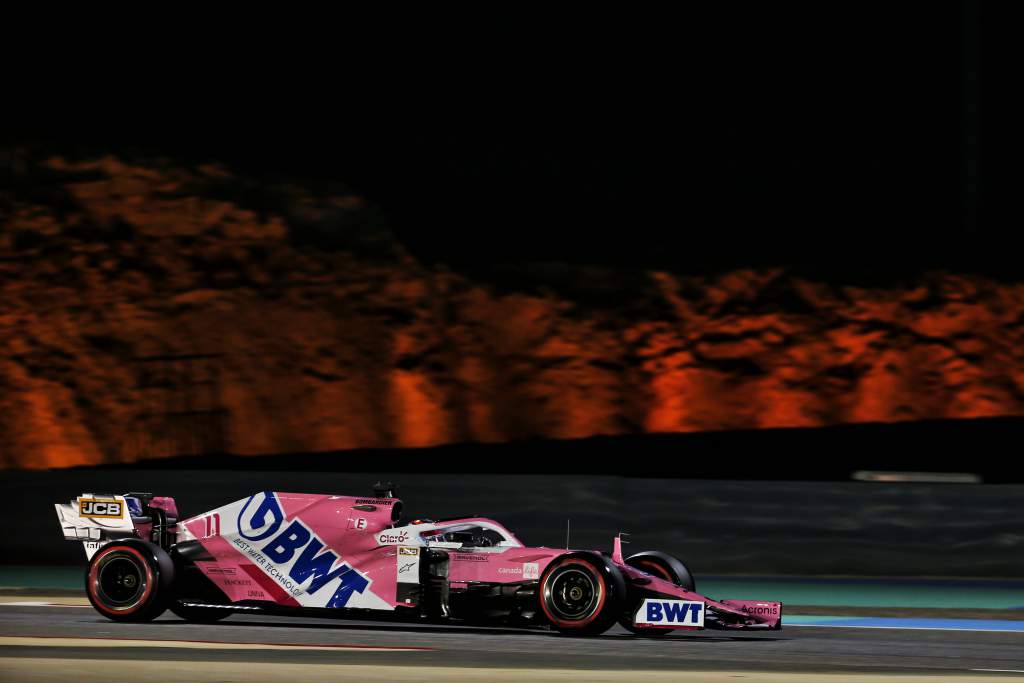
WILL QUALIFYING BE CHAOTIC?
Ever since it became clear F1 would be racing on the 2.202-mile track, qualifying has been the big talking point. There were even suggestions that the qualifying format might need adjustment that came to naught.
In the 20-minute Q1 session that eliminates five cars – drawn most of the time from the Alfa Romeo, Williams and Haas ranks – the short lap length means that there would be a car on average once every 177 metres were all 20 to be running.
The pole position time could be below the 54-second mark, which will be the first time F1 has had sub one-minute lap times since the 1974 French Grand Prix at Dijon. Even using a conservative estimate, it means teams would be separated by less than three seconds even if evenly spread around the track. Towing will be significant, but so too will traffic.
“I reckon everybody will probably be within a second in qualifying, which means if you make one small mistake, you can be losing loads of positions on Saturday,” said Russell when asked about the challenge before he knew there was a possibility he would be racing for Mercedes this weekend.
“It’s going to be giving absolutely everything you’ve got making sure you nail the lap because there, more than anywhere, if you do make a mistake you don’t have enough corners to make that laptime back up.”
This means that getting a clean lap and a good tow could be the difference between advancing to the next stage of qualifying and failing, even in Q2 when the numbers are thinned out to 15 cars.
“You’ll hear a lot of complaints on TV next week,” said Gasly. “It’s simple, 54-55 seconds a lap, 20 cars, 20 guys that want a five-second gap ahead of them, it’s not going to work.
“I don’t think we will all be happy, but obviously same situation for everyone, we’ll have to find the best compromise to really make the best out of this unique track and layout and conditions.
“It will be a tow game and this will make a big difference in terms of laptime.”
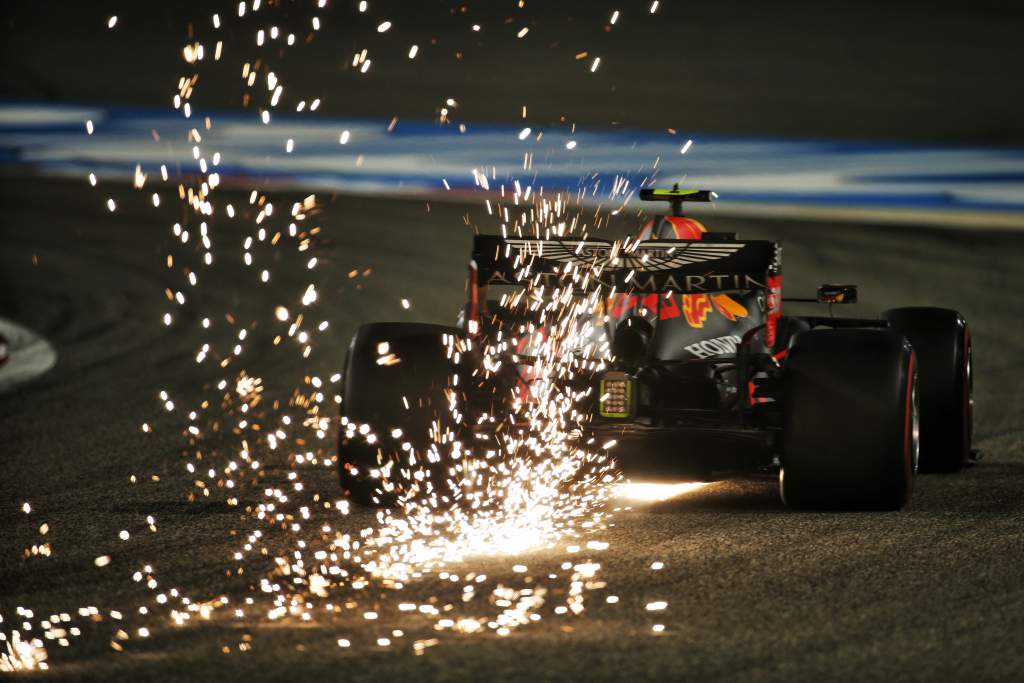
WILL IT BE A CLASSIC SLIPSTREAMER?
The tow game Gasly speaks of applies equally to the race. As well as the long straights, there are two DRS zones, with the one that was included on the run to the last corner last weekend removed.
The first zone is on the main straight, with the second on the run to Turn 4. While we often see battles through the first three corners continuing to the right-hander at the end of the following straight, the reduced braking for this more open corner could make passing harder. But it could also lead to battles continuing through the sweeps leading to the chicane.
“We never go to these kind of circuits with only long straights and only two-three corners to drive around,” said Carlos Sainz. “It will also be a bit of an experiment for Formula 1, it will generate some different kind of racing, there will be a lot of towing.
“It has our input as drivers, but it’s more simulation work, more engineering work that the team needs to figure out how to arrive to be prepared as possible. It looks fun and I’m up for a different circuit to experiment with.”
But it’s Russell, who hadn’t realised he’d be dealing with lapped traffic rather than being lapped himself when he said this, who summed it up best.
“There’s probably not enough space to fit 20 cars and the racing is going to be pretty whacky,” he said. “So that’ll be exciting.”




